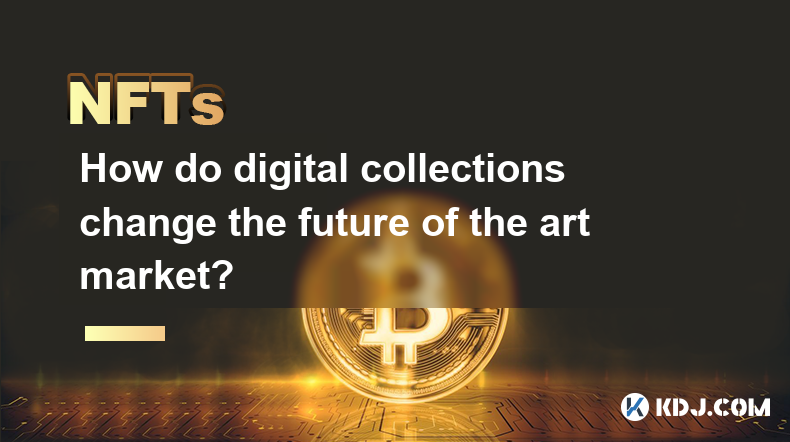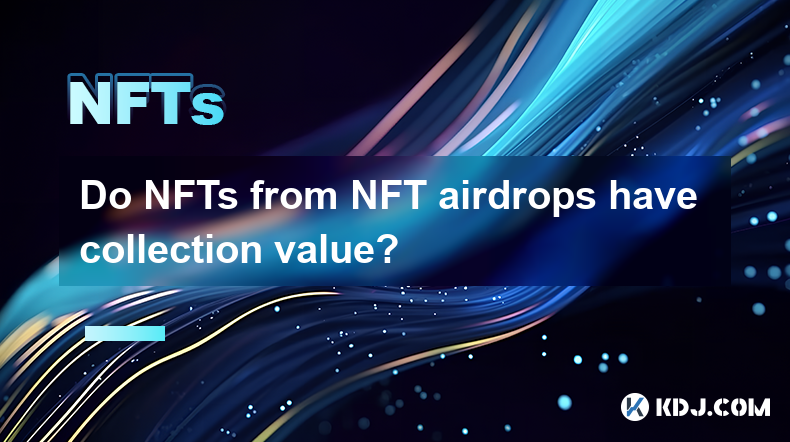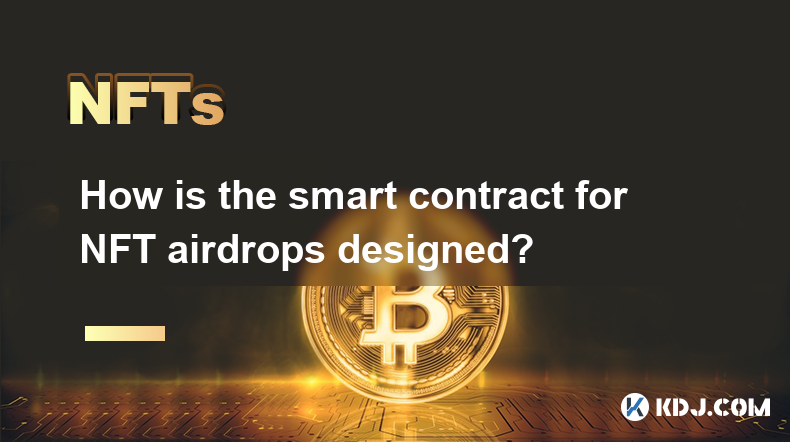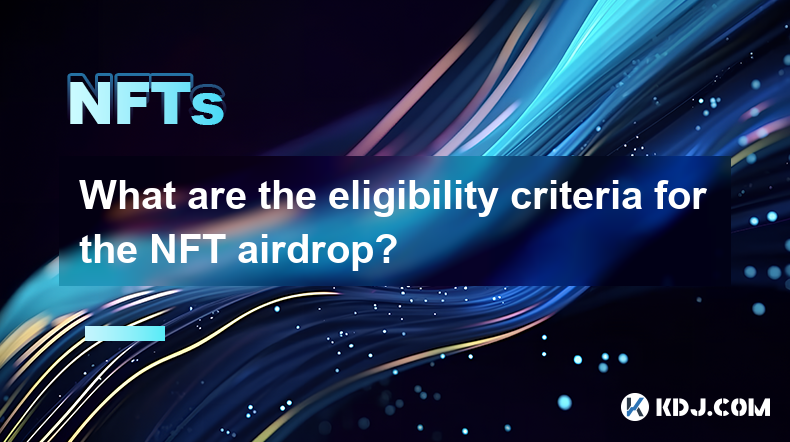-
 Bitcoin
Bitcoin $84,872.5168
0.09% -
 Ethereum
Ethereum $1,592.6984
0.72% -
 Tether USDt
Tether USDt $0.9998
-0.01% -
 XRP
XRP $2.0822
1.42% -
 BNB
BNB $592.3236
0.51% -
 Solana
Solana $137.6724
2.17% -
 USDC
USDC $0.9998
-0.02% -
 Dogecoin
Dogecoin $0.1588
3.01% -
 TRON
TRON $0.2411
-1.86% -
 Cardano
Cardano $0.6332
3.47% -
 UNUS SED LEO
UNUS SED LEO $9.2424
0.10% -
 Chainlink
Chainlink $12.7258
1.93% -
 Avalanche
Avalanche $19.2749
1.34% -
 Toncoin
Toncoin $3.0009
1.76% -
 Stellar
Stellar $0.2426
0.92% -
 Shiba Inu
Shiba Inu $0.0...01232
5.19% -
 Hedera
Hedera $0.1675
2.67% -
 Sui
Sui $2.1423
0.99% -
 Bitcoin Cash
Bitcoin Cash $338.3191
2.76% -
 Polkadot
Polkadot $3.7272
2.23% -
 Litecoin
Litecoin $76.2790
1.65% -
 Hyperliquid
Hyperliquid $17.1345
-0.36% -
 Dai
Dai $0.9999
-0.01% -
 Bitget Token
Bitget Token $4.4316
1.83% -
 Ethena USDe
Ethena USDe $0.9991
0.00% -
 Pi
Pi $0.6493
5.78% -
 Monero
Monero $214.9673
0.04% -
 Uniswap
Uniswap $5.2436
1.75% -
 Pepe
Pepe $0.0...07355
4.30% -
 OKB
OKB $50.5233
0.77%
How do digital collections change the future of the art market?
NFTs revolutionize the art market, offering artists direct sales, enhanced provenance via blockchain transparency, and increased accessibility for all. However, challenges regarding scalability, regulation, and long-term value persist.
Mar 06, 2025 at 09:00 pm

Key Points:
- Digital collections, or NFTs, introduce new ownership models and verification methods in the art market.
- NFTs offer artists greater control over their work and potential for direct sales to collectors.
- The blockchain's transparency enhances provenance tracking and reduces art fraud.
- The accessibility of digital art lowers the barrier to entry for both artists and collectors.
- However, challenges remain regarding scalability, regulation, and the long-term value of digital assets.
How Do Digital Collections Change the Future of the Art Market?
The emergence of digital collections, primarily Non-Fungible Tokens (NFTs), has significantly disrupted the traditional art market. This disruption stems from the fundamental shift in how art is owned, traded, and verified. NFTs, by their very nature, provide a verifiable record of ownership on a blockchain, offering a level of transparency and security previously unattainable. This unique aspect addresses a long-standing issue within the art world: proving authenticity and provenance.
One of the most profound impacts of NFTs is the empowerment of artists. Traditional art markets often involve intermediaries like galleries and auction houses, taking substantial cuts from sales. NFTs allow artists to bypass these intermediaries, selling their work directly to collectors and retaining a larger share of the profits. This direct-to-consumer model fosters a more equitable distribution of revenue within the creative community. The ability to program royalties into NFTs further secures artists' long-term income from secondary market sales.
The transparency offered by the blockchain is revolutionary. Every transaction involving an NFT is recorded on a publicly accessible ledger, creating an immutable record of ownership history. This significantly reduces the risk of art fraud and forgery, a persistent problem in the traditional art world. Collectors gain peace of mind knowing the authenticity of their digital assets can be easily verified. This transparency fosters trust and encourages greater participation in the market.
The accessibility afforded by digital art is another game-changer. Traditional art often has high barriers to entry for both artists and collectors. Physical artwork requires storage, transportation, and insurance, creating significant costs. Digital art, however, is easily accessible, stored, and shared, reducing these barriers considerably. This opens the art market to a broader range of artists and collectors, fostering greater diversity and innovation.
The digital nature of NFTs also enables new forms of artistic expression. Artists can create interactive and dynamic works that evolve over time, pushing the boundaries of traditional art forms. The integration of augmented reality (AR) and virtual reality (VR) further enhances the viewer experience, creating immersive and engaging artworks. These possibilities expand the definition of art itself and offer new avenues for creative exploration.
However, the integration of digital collections into the art market also presents challenges. The volatility of cryptocurrency markets poses risks to the value of NFTs, impacting investor confidence. Scalability issues on certain blockchains can lead to high transaction fees and slow processing times. Furthermore, regulatory uncertainty surrounding NFTs remains a concern, with governments still grappling with how to classify and regulate these digital assets.
The environmental impact of some blockchains used for NFTs is another significant concern. The energy consumption associated with certain proof-of-work consensus mechanisms has drawn criticism, prompting exploration of more sustainable alternatives like proof-of-stake.
The integration of NFTs into the art market is an ongoing process, constantly evolving with technological advancements and market dynamics. While challenges remain, the potential for disruption is undeniable. The increased transparency, accessibility, and artist empowerment offered by digital collections are reshaping the art world in significant ways. The long-term impact will depend on how these challenges are addressed and the continued evolution of the technology.
Frequently Asked Questions:
Q: What are the risks associated with investing in NFTs?
A: Investing in NFTs carries significant risk due to market volatility, the potential for scams and fraud, and the lack of regulation in many jurisdictions. The value of an NFT can fluctuate dramatically, and there's no guarantee of future returns. Thorough research and due diligence are crucial before investing.
Q: How is the authenticity of an NFT verified?
A: The authenticity of an NFT is verified through its unique token ID on the blockchain. This ID is linked to a specific digital asset, creating a verifiable record of ownership. This immutability makes it extremely difficult to forge or duplicate an NFT.
Q: Are all NFTs created equal?
A: No, NFTs vary significantly in terms of their value, rarity, and underlying assets. Some NFTs represent unique digital artworks, while others are part of larger collections with varying levels of rarity. The value of an NFT is often determined by factors such as the artist's reputation, the demand for the artwork, and the overall market conditions.
Q: What are the environmental concerns surrounding NFTs?
A: Some blockchains used for NFTs, particularly those using proof-of-work consensus mechanisms, have high energy consumption. This has led to concerns about the environmental impact of NFT creation and trading. However, the development of more energy-efficient blockchains and technologies is addressing this concern.
Q: How do NFTs impact artists' careers?
A: NFTs can significantly benefit artists by allowing them to sell their work directly to collectors, bypassing traditional intermediaries. This gives artists greater control over their work and a larger share of the profits. However, success in the NFT market still depends on factors such as artistic talent, marketing skills, and market trends.
Q: Can I create and sell my own NFTs?
A: Yes, you can create and sell your own NFTs. However, it requires understanding of blockchain technology, digital art creation, and NFT marketplaces. Many platforms offer tools and resources to help artists create and sell their NFTs. You also need to consider the associated costs such as gas fees.
Disclaimer:info@kdj.com
The information provided is not trading advice. kdj.com does not assume any responsibility for any investments made based on the information provided in this article. Cryptocurrencies are highly volatile and it is highly recommended that you invest with caution after thorough research!
If you believe that the content used on this website infringes your copyright, please contact us immediately (info@kdj.com) and we will delete it promptly.
- DoubleZero Wants to Bring High-Frequency Trading Optimization to Blockchains
- 2025-04-19 11:20:13
- Qubetics ($TICS) Is the New Kid on the Block, Cracking the Top 10 Cryptos to Buy Right Now
- 2025-04-19 11:20:13
- The Rise of Rexas Finance: Could RXS be the Next Big Thing in Crypto?
- 2025-04-19 11:15:13
- Colorado Avalanche vs. Dallas Stars Round 1 Stanley Cup Playoffs series preview
- 2025-04-19 11:15:13
- title: Canary Capital Files to Launch a Tron (TRX) Staking ETF
- 2025-04-19 11:10:15
- Canary Capital Files with the SEC to Launch a Staked TRX ETF
- 2025-04-19 11:10:15
Related knowledge

How to display and trade NFTs from NFT airdrops?
Apr 18,2025 at 04:42am
How to Display and Trade NFTs from NFT Airdrops? NFT airdrops have become a popular way for projects to distribute their tokens and engage with their community. If you've received NFTs through an airdrop, you might be wondering how to display and trade them. This article will guide you through the process step-by-step, ensuring you can showcase your NFT...

Do NFTs from NFT airdrops have collection value?
Apr 18,2025 at 11:49pm
NFTs, or non-fungible tokens, have become a significant part of the cryptocurrency ecosystem, and NFT airdrops are one way for projects to distribute these digital assets to their community. A common question that arises is whether NFTs received from airdrops have any collection value. To answer this question, we need to delve into various aspects of NF...

How is the smart contract for NFT airdrops designed?
Apr 18,2025 at 03:10am
The design of a smart contract for NFT airdrops is a complex process that requires careful consideration of various factors to ensure the airdrop is executed smoothly and securely. This article will delve into the intricacies of how such a smart contract is designed, focusing on key components, security measures, and the implementation process. Key Comp...

What are the eligibility criteria for the NFT airdrop?
Apr 17,2025 at 04:56pm
Understanding NFT AirdropsNFT airdrops are a popular method used by blockchain projects to distribute non-fungible tokens (NFTs) to their community members. These airdrops can serve various purposes, such as rewarding loyal users, promoting new projects, or increasing the visibility of existing ones. To participate in an NFT airdrop, individuals must me...

How to protect the copyright of artworks on NFT platforms?
Apr 19,2025 at 06:28am
The rise of Non-Fungible Tokens (NFTs) has revolutionized the way digital art is created, bought, and sold. As artists increasingly turn to NFT platforms to showcase and monetize their work, protecting the copyright of these artworks becomes a crucial concern. This article explores various strategies and tools that artists can use to safeguard their int...

How to attract artists and creators to join the NFT platform?
Apr 18,2025 at 02:50pm
Attracting artists and creators to join an NFT platform is crucial for its success and growth. By understanding their needs and offering unique features, you can create a thriving community of digital artists and content creators. In this article, we will explore several strategies to entice artists and creators to join your NFT platform. Understanding ...

How to display and trade NFTs from NFT airdrops?
Apr 18,2025 at 04:42am
How to Display and Trade NFTs from NFT Airdrops? NFT airdrops have become a popular way for projects to distribute their tokens and engage with their community. If you've received NFTs through an airdrop, you might be wondering how to display and trade them. This article will guide you through the process step-by-step, ensuring you can showcase your NFT...

Do NFTs from NFT airdrops have collection value?
Apr 18,2025 at 11:49pm
NFTs, or non-fungible tokens, have become a significant part of the cryptocurrency ecosystem, and NFT airdrops are one way for projects to distribute these digital assets to their community. A common question that arises is whether NFTs received from airdrops have any collection value. To answer this question, we need to delve into various aspects of NF...

How is the smart contract for NFT airdrops designed?
Apr 18,2025 at 03:10am
The design of a smart contract for NFT airdrops is a complex process that requires careful consideration of various factors to ensure the airdrop is executed smoothly and securely. This article will delve into the intricacies of how such a smart contract is designed, focusing on key components, security measures, and the implementation process. Key Comp...

What are the eligibility criteria for the NFT airdrop?
Apr 17,2025 at 04:56pm
Understanding NFT AirdropsNFT airdrops are a popular method used by blockchain projects to distribute non-fungible tokens (NFTs) to their community members. These airdrops can serve various purposes, such as rewarding loyal users, promoting new projects, or increasing the visibility of existing ones. To participate in an NFT airdrop, individuals must me...

How to protect the copyright of artworks on NFT platforms?
Apr 19,2025 at 06:28am
The rise of Non-Fungible Tokens (NFTs) has revolutionized the way digital art is created, bought, and sold. As artists increasingly turn to NFT platforms to showcase and monetize their work, protecting the copyright of these artworks becomes a crucial concern. This article explores various strategies and tools that artists can use to safeguard their int...

How to attract artists and creators to join the NFT platform?
Apr 18,2025 at 02:50pm
Attracting artists and creators to join an NFT platform is crucial for its success and growth. By understanding their needs and offering unique features, you can create a thriving community of digital artists and content creators. In this article, we will explore several strategies to entice artists and creators to join your NFT platform. Understanding ...
See all articles
























































































